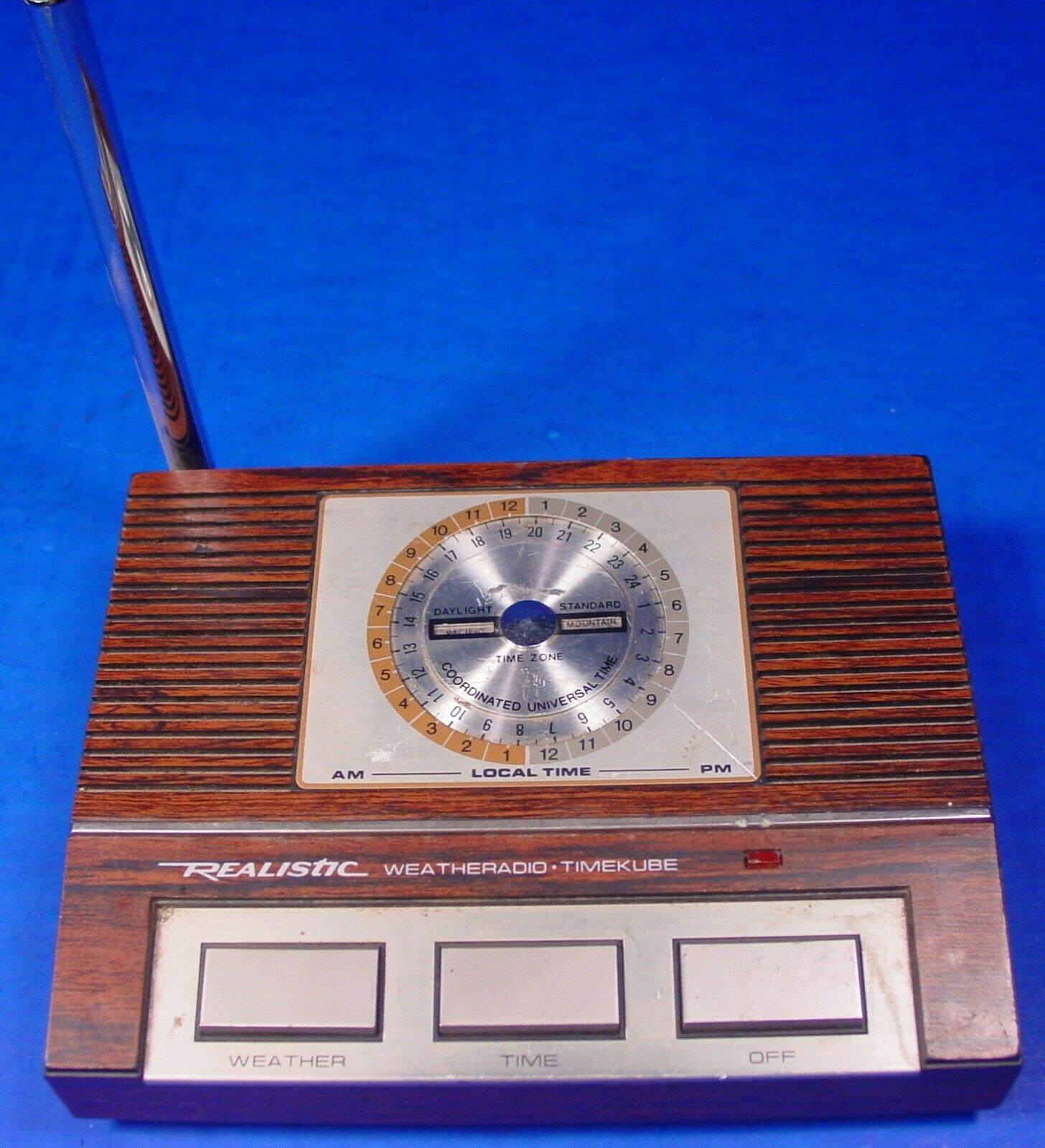-40%
Vintage Abney Survey Hand Level Sighting Scope Inclinometer Transit Leather Case
$ 23.28
- Description
- Size Guide
Description
Vintage Abney Survey Hand Level Sighting Scope Inclinometer Transit with Leather CaseThis is vintage, possibly antique. It works as it should, although it might benefit from a good cleaning. The leather case has some stitching that has come undone, but it still holds the Abney level securely. I think this may have been made by Dietzgen. The part of the lettering that I see on the side doesn't seem to indicate any of the companies that made these Abney levels, so I think it might have been the company name that was using the level. Will ship either USPS Priority or UPS Ground, depending on shipping location.
Below is just some information that I found interesting (not anything specific to my Abney level):
The Abney level was used extensively by the U. S. Forest Service. They were made by such firms as A. Leitz and Co., Kueffel and Esser Co. (K and E), and Eugene Dietzgen Co. In 1914 and 1915, the Forestry Quarterly published a series of articles on the use of the Abney level. These tutorial articles remain useful today, but the primary reference for usage is the 1927 Abney Level Handbook by H. A. Calkins and J. B. Yule of the U. S. Department of Agriculture and Forest Service. The Abney level was invented by Sir William de Wiveleslie Abney (1843-1920) who was an English astronomer and chemist best known for his pioneering of color photography and color vision. Abney invented this instrument under the employment of the School of Military Engineering in Chatham, England prior to late 1870. An Abney level and clinometer, is an instrument used in surveying which consists of a fixed sighting tube, a movable spirit level that is connected to a pointing arm, and a protractor scale. An internal mirror allows the user to see the bubble in the level while sighting a distant target. It can be used as a hand-held instrument or mounted on a Jacob's staff for more precise measurement, and it is small enough to carry in a coat pocket. Abney levels are made with square tubular bodies so that they may also be used to directly measure the slopes of plane surfaces by simply placing the body of the level on the surface, adjusting the level, and then reading the angle off of the scale. The Abney level is typically used at the eye height of the surveyor, either hand-held or mounted on a staff at that height. To measure lines on a particular slope, the desired angle or grade is first set on the level and then the surveyor sights through the sighting tube and brings the cross-hair in line with the bubble in the level while viewing the target. This allows the surveyor to see if the target is above or below the line of sight. To measure an unknown slope, the surveyor first sights a target along that slope and then adjusts the angle of the level until the bubble is centered on the cross-hair. Once this is done, the slope may be read from the scale.

















